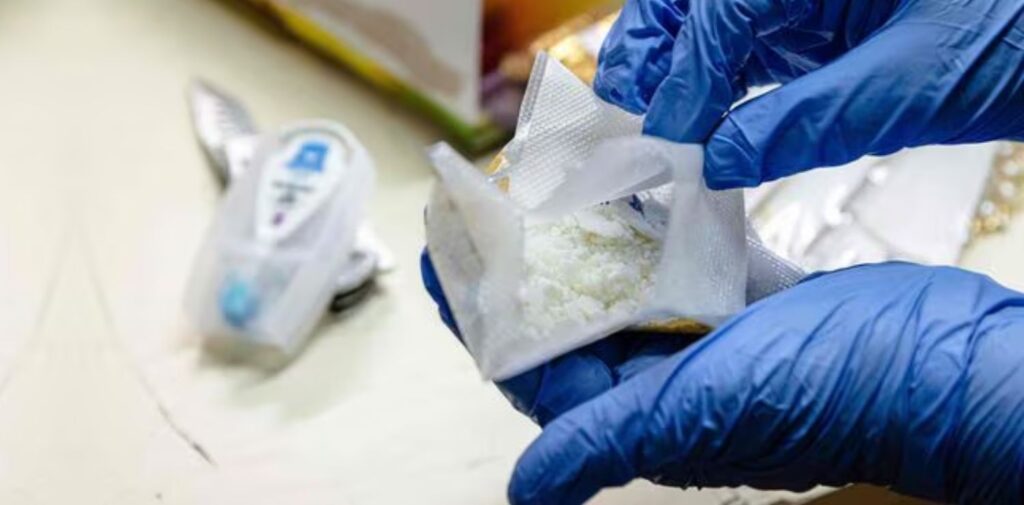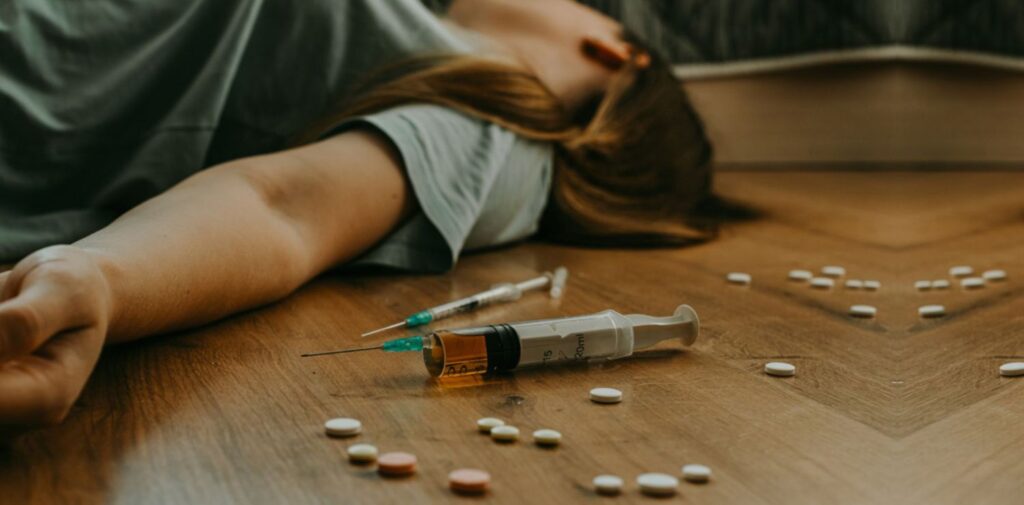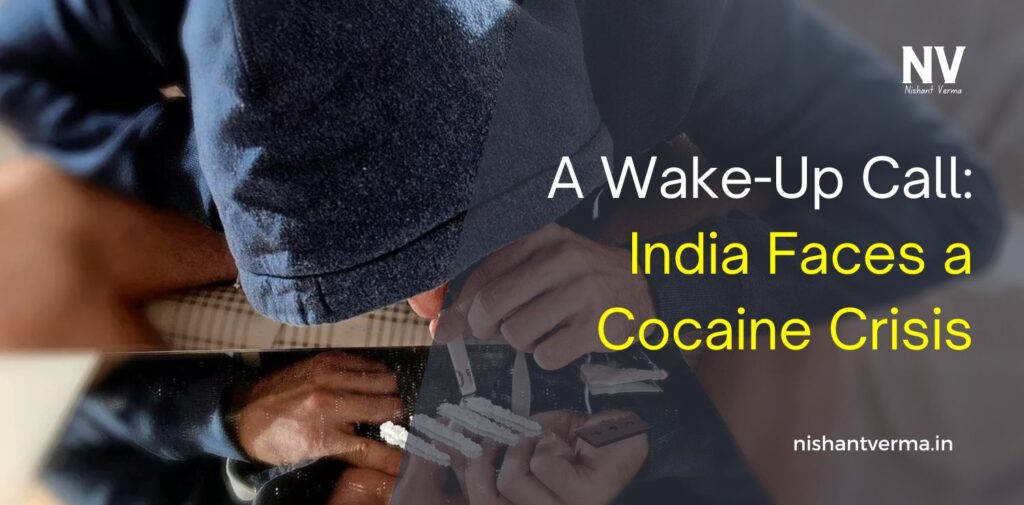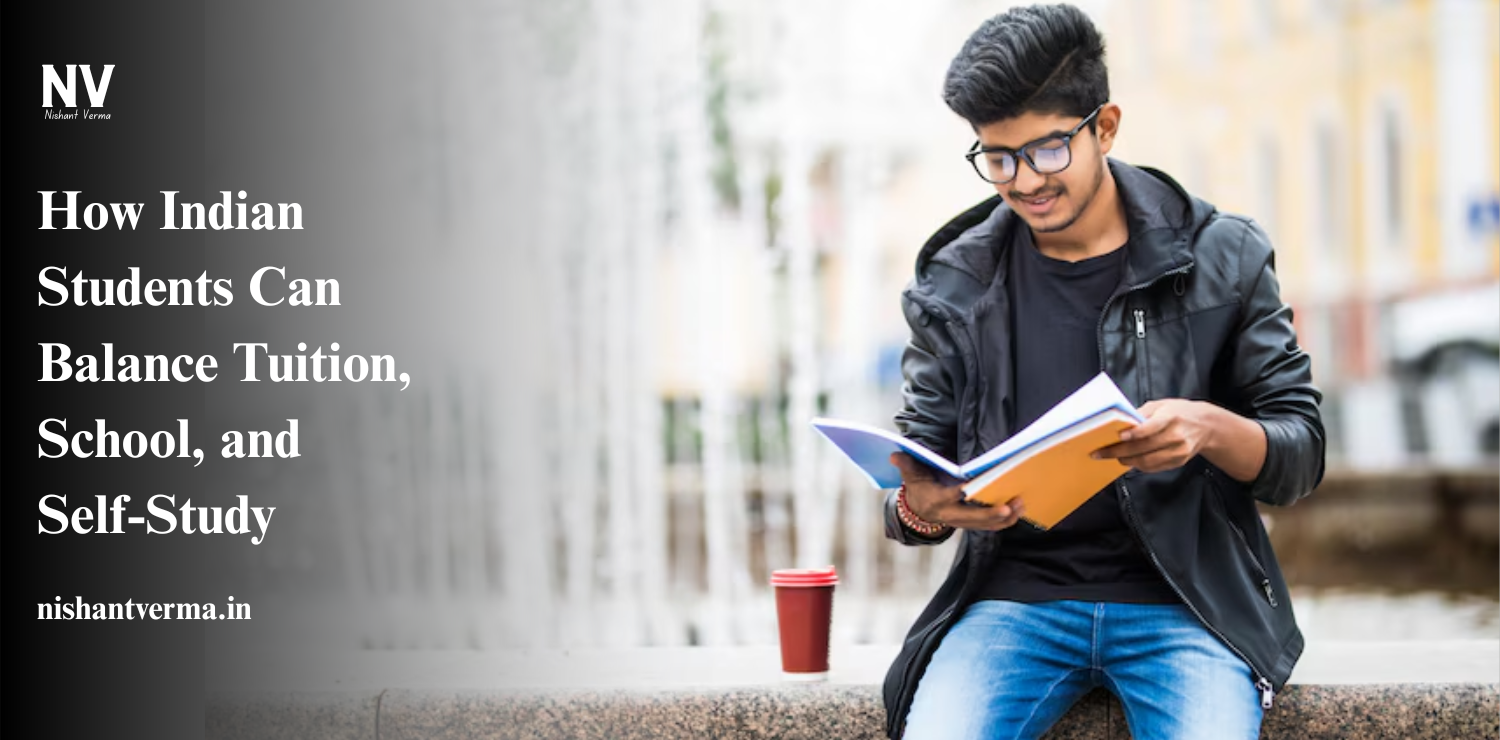In recent weeks, India has been shaken by alarming news: authorities have seized a staggering ₹15,000 crore worth of cocaine in just two weeks. This enormous haul is a significant cause for concern, not only for the government but also for the youth of nation. The rise in drug trafficking, particularly cocaine, highlights a growing crisis that demands our attention.
Understanding the Issue: Cocaine Crisis
Cocaine is a powerful stimulant that can have devastating effects on the mind and body. While it has been more commonly associated with Western countries, its presence in India is increasing. The recent seizures show that drug cartels are looking to expand their markets, and unfortunately, India is becoming a prime target.
The drug trade has deep roots in many countries, and India is no exception. The rise of technology and globalization has made it easier for traffickers to operate across borders. The growing demand for cocaine, particularly among the youth, is alarming and poses serious challenges for society.

The Impact on Youth
The Youth of India are particularly vulnerable to drug abuse. With the pressures of academic performance, social expectations, and the desire to fit in, many young people may turn to drugs as a way to cope. The allure of cocaine, with its promise of heightened energy and euphoria, can be tempting.
However, the reality is stark. Cocaine is highly addictive and can lead to severe health problems, including heart issues, mental health disorders, and even death. The long-term consequences of drug abuse can derail a young person’s future, impacting their education, relationships, and career prospects.

Stories from the Ground
To better understand the impact of drug abuse, we can look at real-life stories. Many young people who have struggled with addiction often describe feelings of isolation and despair. One young man, Ravi, shared his story of how peer pressure led him to try cocaine at a party. Initially, he felt invincible, but within months, he found himself losing interest in school and distancing himself from his family and friends.
Ravi’s story is not unique. Many young individuals find themselves trapped in a cycle of addiction, struggling to break free while dealing with the stigma associated with drug use. These stories serve as a stark reminder of the importance of addressing the drug crisis before it escalates further.
The Role of Society
As a society, we must come together to combat this issue. Awareness and education are crucial in preventing drug abuse among youth. Schools, parents, and communities need to engage in open conversations about the dangers of drug use. Programs that promote healthy coping mechanisms, stress management, and emotional well-being can be effective in reducing the allure of drugs.
Additionally, the media plays a significant role in shaping perceptions. Responsible reporting on drug issues can help inform the public and create a sense of urgency around the crisis. Highlighting the stories of recovery and resilience can inspire hope and motivate individuals to seek help.
Government Action
The Indian government has recognized the severity of the drug crisis. Recent seizures of cocaine and other drugs signal a commitment to combating trafficking. Law enforcement agencies are increasing their efforts to dismantle drug networks and bring traffickers to justice. However, enforcement alone is not enough.
A comprehensive approach that includes prevention, treatment, and rehabilitation is essential. Investing in drug treatment facilities and support systems can help individuals struggling with addiction find a path to recovery. Additionally, engaging youth in community programs can provide them with positive alternatives and reduce the risk of drug use.

The Importance of Communication
Open communication between parents and children is crucial in preventing drug abuse. Parents should create an environment where their children feel safe discussing their feelings and experiences. By fostering trust and understanding, parents can better guide their children away from the temptation of drugs.
Community support groups can also play a vital role. These groups provide a space for individuals and families to share their experiences and seek guidance. Whether it’s a parent support group or a recovery meeting, these spaces can help break the cycle of addiction and build a network of support.
A Collective Responsibility
The fight against drug abuse and trafficking is not the responsibility of one group alone; it requires collective action. Communities, schools, parents, and the government must work together to create a safer environment for our youth.
The rise in cocaine trafficking should serve as a wake-up call. If we do not address this issue now, the consequences could be devastating for future generations. Our youth deserve a bright future, free from the shadows of addiction.
Conclusion
The alarming rise in cocaine seizures in India is more than just a statistic; it reflects a growing crisis that threatens the well-being of our youth. It is a wake-up call for society to take action.
By increasing awareness, improving communication, and providing support, we can work together to combat drug abuse. Let’s ensure that the youth of India have the tools they need to resist the allure of drugs and build a brighter, healthier future.
Together, we can make a difference and create a society where our young people can thrive, free from the grips of addiction.




